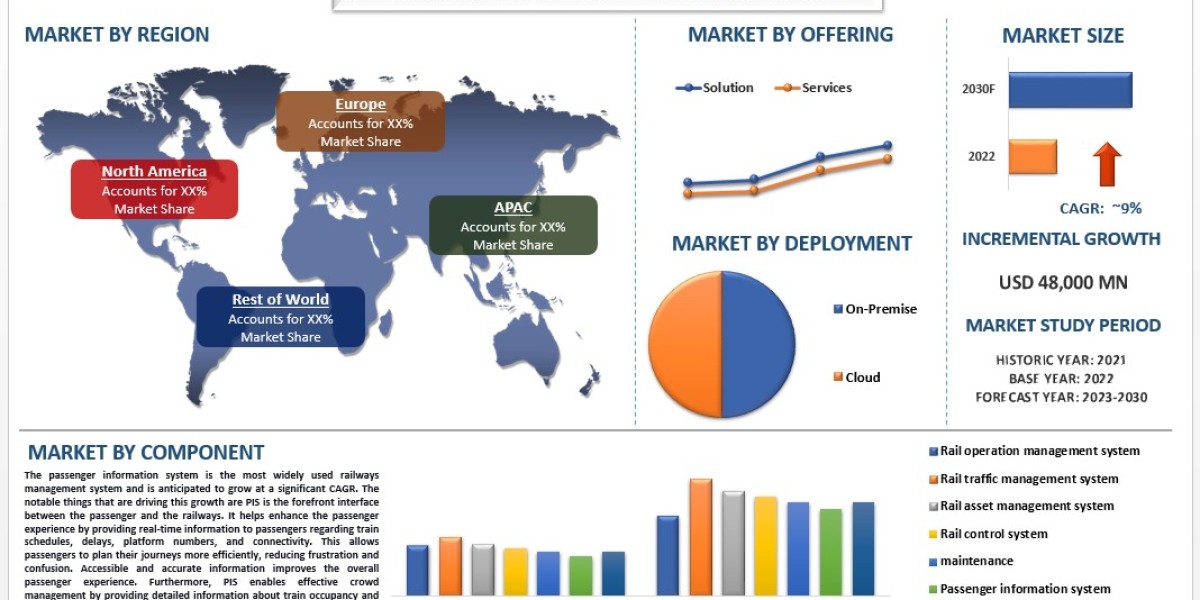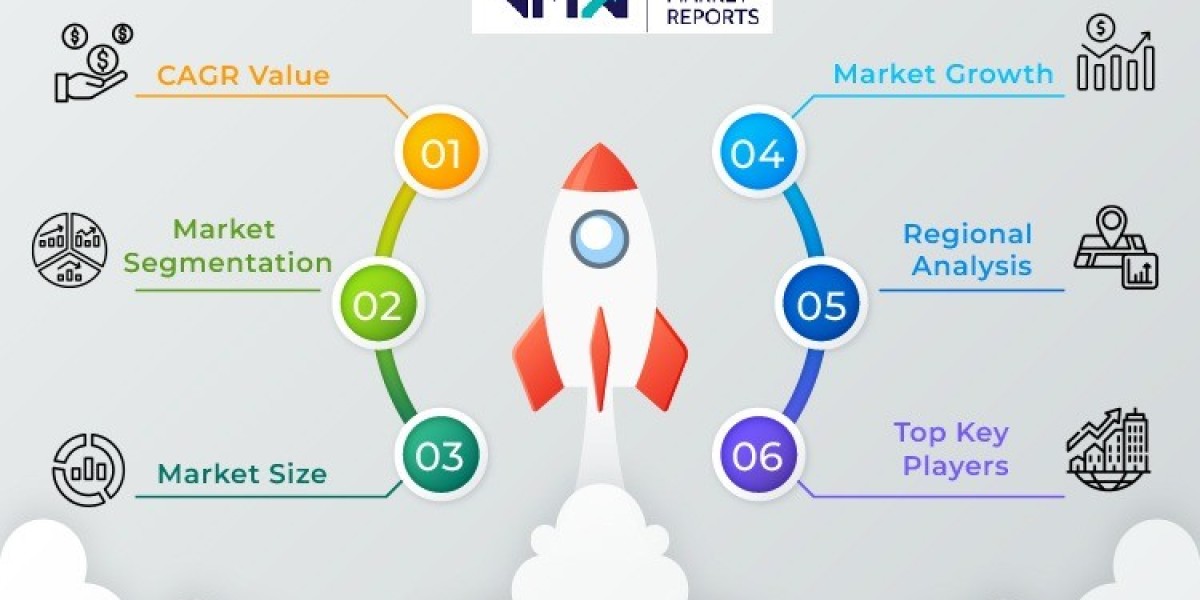A railway management system is a software-based solution designed to automate and streamline various processes involved in managing and operating a railway network. It helps railway authorities and operators efficiently manage train schedules, ticketing, reservations, track maintenance, inventory, passenger information, and other related activities. The system typically includes modules for train scheduling, ticketing, passenger information display, maintenance management, asset management, and reporting. It aims to improve railway services' overall efficiency, safety, and quality by providing real-time data, automated processes, and decision-support tools for better management and decision-making. The demand for railway management systems is growing owing to the increasing railway infrastructure, rolling stock numbers, and rising number of commuters through this mode of transport. According to UnivDatos Market Insights Analysis, The Railway Management Systems Market is valued at USD 48 Billion in 2022 & is expected to grow at a CAGR of 9% from 2023-2030.
Access sample report (including graphs, charts, and figures): https://univdatos.com/get-a-free-sample-form-php/?product_id=44666
Furthermore, rising development towards sustainability across the industry puts railways into the mainstream, where railways are amongst the most efficient and lowest emitting modes of transport and are electrified at large magnitude. For instance, in 2019, IEA (International Energy Agency) published a report according to which railways carry around 8% of the world's passenger movements and about 7% of freight movement. Yet, it accounts for only 2% of the total energy used by the transport industry. Moreover, if all the operations currently carried out by railways are shifted toward road vehicles will lead to a 15% rise in total oil consumption and 1.2 Gigatonnes of additional GHG emissions.
Reasons that will be playing out for driving the future growth of this industry:
Countries are investing significantly in high-speed rail and metros, with the highest investments being overtaken by China, which has surpassed all other countries regarding network length within a single-decade timeframe. For instance, as of 2019, as per the IEA, China accounts for about two-thirds of high-speed rail activity, overtaking Japan (17%) and the European Union (12%). Moreover, with the population on the rise, this population growth will be unevenly spread. The majority of the increase will happen in major cities, posing a challenge as cities can't continue to grow in geographic size forever, and more significant, more populous, and denser cities, along with increasing vehicle ownership, will pose a considerable challenge for quick, convenient, and affordable transportation as congestions will increase. Furthermore, with growing GDP, freights will likely grow considerably. And to manage these challenges, countries in these regions have to significantly increase their rail infrastructure, as it's an efficient, environmentally, and socially beneficial mode of transport with lower emissions and safer to travel, which can help reduce congestion in the cities. Additionally, the answer to all these problems is high-speed rails which provide a high-quality substitute for short-distance flight travel and are reliable, affordable, and fast alternatives to road travel and enable high-capacity goods movement over long distances. All these factors are aligning in the direction of building a perfect case for the next leg of growth in the railway industry, which will drive the development of the railway management system during the forecasted period.
Related Reports-
Automotive Secondary Wiring Harness Market: Current Analysis and Forecast (2022-2028)
Car Bike Rack Market: Current Analysis and Forecast (2022-2030)
In Wheel Motor Market: Current Analysis and Forecast (2023-2030)
Car E-Hailing Market: Current Analysis and Forecast (2023-2030)
Automotive Continuously Variable Transmission Market: Current Analysis and Forecast (2022-2028)
Click here to view the Report Description & TOC- https://univdatos.com/report/railway-management-system-market/
In conclusion, the railway management system demand is proliferating due to the increasing sustainability push globally and rising investments in such solutions which will lead to growth in the railways and its infrastructure, increased focus on enhancing the operational efficiencies in transiting passengers as well as cargo handling, and the increasing expenditure on automation based solutions. Based on offerings, the market is bifurcated into solutions and services. Both solutions and services are anticipated to witness a strong pace of growth as both are integral to keeping the system operational and working in tandem. The cloud deployment mode is expected to witness significant growth in CAGR terms. The primary factors contributing to this growth are improving passenger satisfaction, increasing revenue, and ensuring safe operations, the railway industry is shifting towards cloud hosting at a much faster rate. With the railway industry sector getting electrified and automated rapidly, railway management system providers must prioritize experimenting with new ideas and different levels of autonomy. They must focus on increasing the product's application scope and launching innovative products aligned with specific customer needs.
Contact Us:
UnivDatos Market Insights
Contact Number - +1 9782263411
Email - contact@univdatos.com
Website - www.univdatos.com
Linkedin- https://www.linkedin.com/company/univ-datos-market-insight/mycompany/



